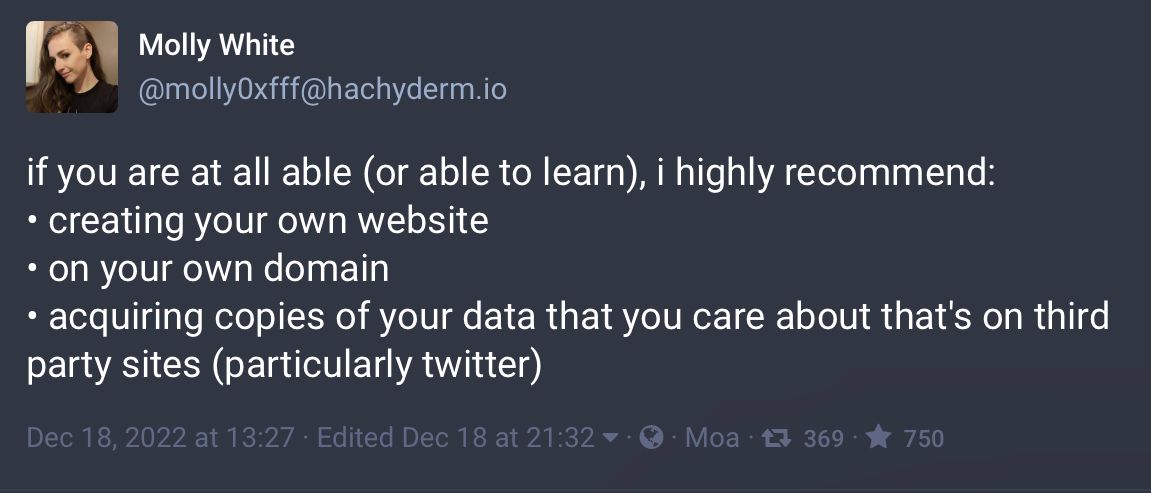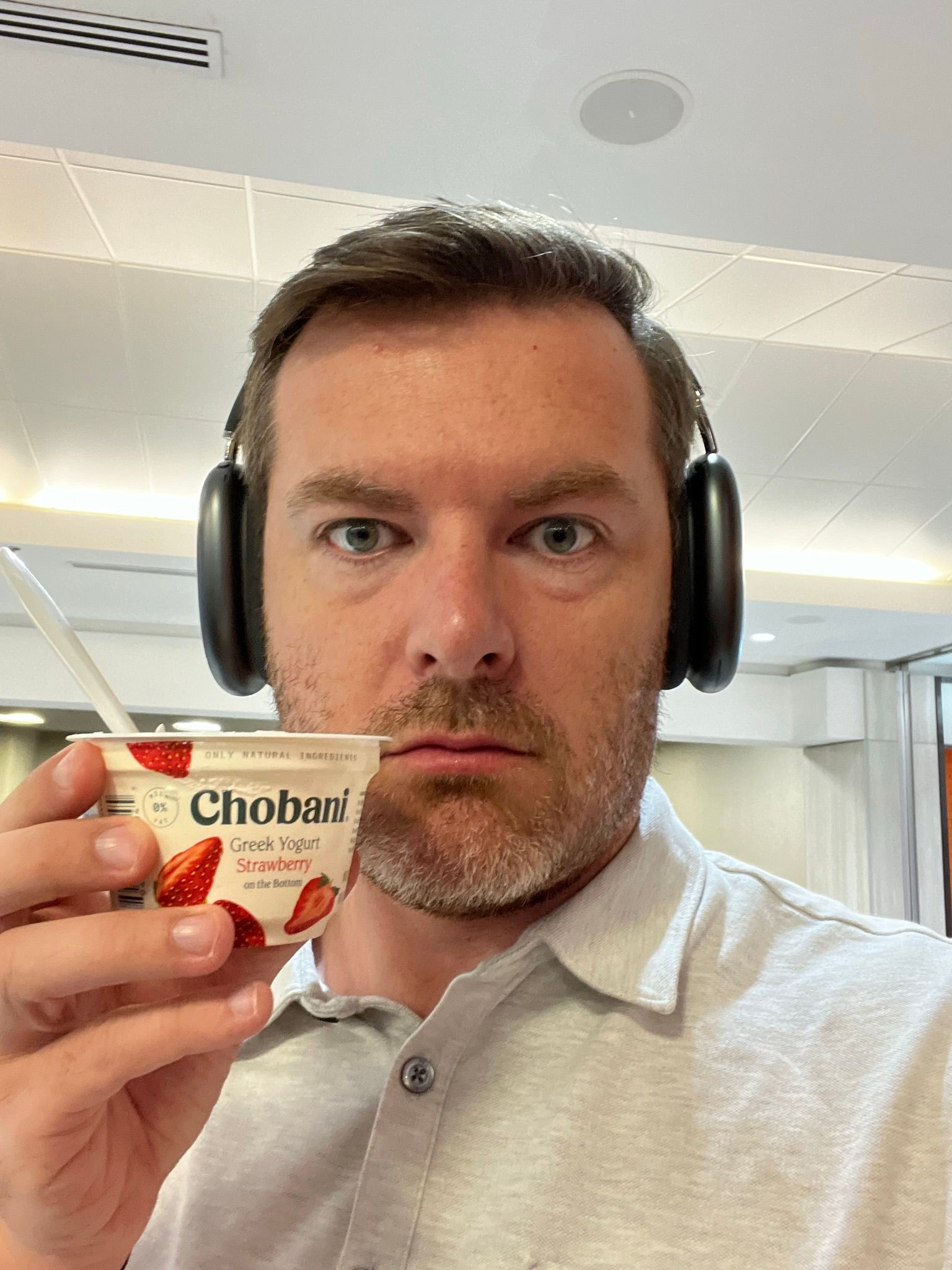You may have noticed that things look a little bit different around here. I decided to make a few changes. Maybe this is the result of holiday boredom, or maybe some new year’s resolutions, maybe I needed to scratch that proverbial itch that many technologists have for new projects, or maybe I’ve been compelled by some things happening in the news. As with most things, it’s likely a little bit of all of the above, along with some other reasons that I may or may not be aware of. But regardless, here I am, and let me tell you a few reasons why.
It starts with Twitter (I know, sorry)

I mean, it sort of starts with Twitter. I’ve been a Twitter user for a long time (*checks profile* since January of 2008), and throughout the years my usage of the platform has gone up and down. Over the last few years, while the amount that I’ve posted (or tweeted) has decreased significantly, I relied more heavily than even on Twitter as my source for news and some entertainment. I would occasionally retweet something, but would often just scroll and read.
Well, you may have heard, but things have not been going great over at Twitter since a certain billionaire decided to buy them. So, like many others, I decided to check out Mastodon.
Mastodon and the Fediverse
I was one of many that Twitter refugees to flee to Mastodon, and I have to say, it’s gone way better than I expected. In fact, it has largely replaced all of what I was using Twitter for previously. The big omission (as of this writing) is sports writers and journalists, though that’s pretty typical for new tech platforms.
One of the things that makes Mastodon unique is that its part of the Fediverse. In essence, this means that instead of Mastodon being controlled by one company on their “server(s),” it’s actually installed on thousands of servers (i.e. instances) that all communicate with one another. And, as it turns out, this sort of arrangement has worked quite well for things like email and the world wide web.

Per Axbom - https://axbom.com/fediverse/
Owning Your Own Content
Ultimately, the goal of sites like Twitter, Facebook, Instagram, and pretty much every other social network, is to get users to post and generate content. That content, your content, is actually making the site more valuable. That value comes in the form of more users, and ultimately advertisers. Think about that for a second. Posting your content to Facebook makes them more money. What a business!
Even though I knew this was how social networks worked, it wasn't until I experienced Mastodon that I saw that there could be another way. And it inspired me to take a look at other content I'm creating to generate value for others. Where else am I generating content that isn't actually mine? This perspective is well summed up by Molly White (@molly0xfff@hachyderm.io) on, of course, Mastodon:

So that's why I'm here, and that's why things look a little different.
In future posts I'll share why I chose the platform I chose (Ghost), and why the issue of open source versus managed platforms isn't so black and white.

